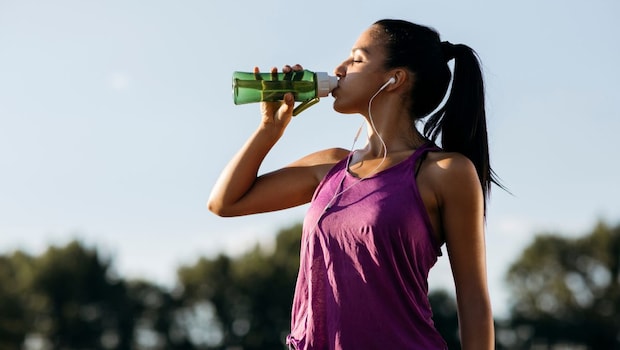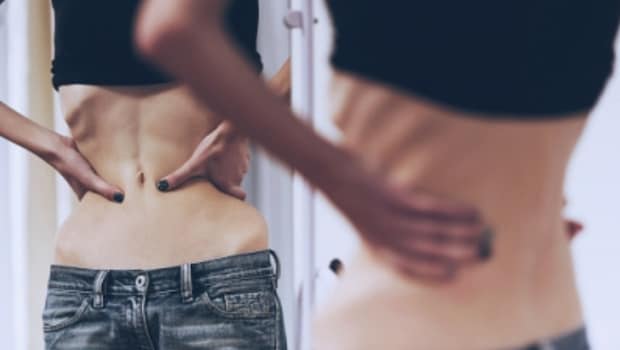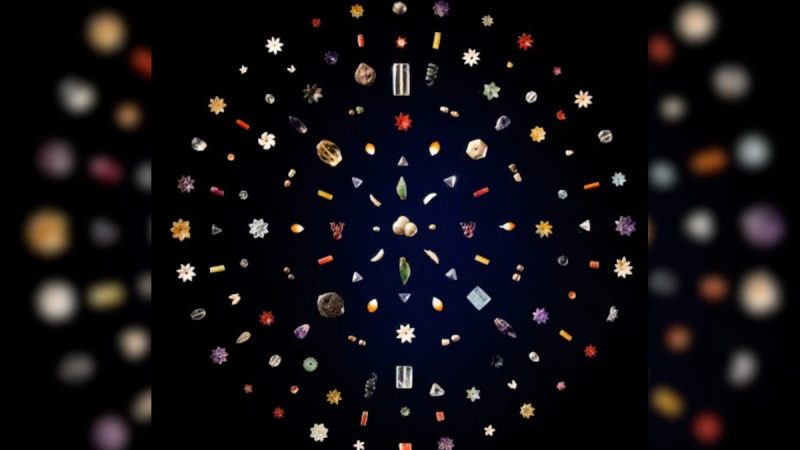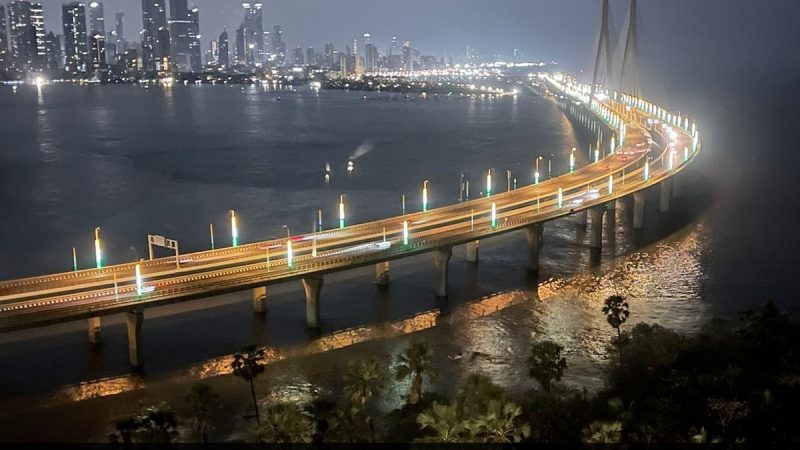How To Purify Water For Drinking And Safe Usage

Here’s a comprehensive guide to simple and effective water purification methods you can use at home or during emergencies.

How To Purify Water For Drinking And Usage
Access to clean drinking water is essential for maintaining good health and preventing waterborne diseases. Yet, millions across the world, including in parts of India, rely on sources that may be contaminated with bacteria, viruses, parasites, or harmful chemicals. According to the World Health Organisation (WHO), unsafe drinking water contributes to over half a million diarrhoeal deaths each year. Ensuring water is properly purified before consumption is vital for safe usage, especially during monsoons or in areas with poor sanitation. Here’s a comprehensive guide to simple and effective water purification methods you can use at home or during emergencies.
Why water purification is crucial for health
Contaminated water can cause diseases like cholera, typhoid, dysentery, and hepatitis A. Even clear-looking water may harbour invisible pathogens or chemicals. Purification removes or kills these harmful agents, making water safe for drinking, cooking, and hygiene. Whether you’re using municipal supplies, wells, or stored tank water, purification ensures health protection for you and your family.
1. Boiling is the simplest and most effective method
Boiling water for at least 1–3 minutes kills most bacteria, viruses, and parasites. It’s an ideal method during emergencies or when you suspect contamination. Let it cool naturally and store in a clean, covered container. WHO recommends boiling as a reliable household water treatment.
2. Use of water purifiers (RO, UV, UF)
Modern water purifiers use Reverse Osmosis (RO), Ultraviolet (UV), or Ultrafiltration (UF) technologies.
RO filters out heavy metals, chemicals, and dissolved salts.
UV kills microorganisms by destroying their DNA.
UF removes bacteria and some viruses but doesn’t eliminate dissolved salts.
Choose a purifier based on your water source, groundwater, borewell, or municipal supply.
3. Chlorination for large-scale or emergency use
Chlorine is a powerful disinfectant used by civic bodies to treat water. At home, you can use chlorine tablets (as per instructions) for stored water in emergencies. It’s especially useful during floods or natural disasters. However, avoid overuse and ensure proper dosage to prevent side effects.
4. Solar disinfection (SODIS)
In rural or resource-limited areas, solar disinfection can be a lifesaver. Fill transparent plastic bottles with water and leave them in direct sunlight for 6-8 hours. UV-A rays and heat work together to kill pathogens. This method is endorsed by WHO and is low-cost and sustainable.
5. Use of ceramic or gravity-based filters
Ceramic filters or gravity-based filters are good non-electric options. They trap bacteria and sediments through microporous membranes. Some models also include activated carbon to improve taste and remove odour. They’re ideal for rural homes or areas with electricity issues.
6. Activated carbon filtration
Activated carbon filters can reduce chlorine, volatile organic compounds (VOCs), and improve taste. Though they don’t kill pathogens, they are excellent when used in combination with other purification methods. Many household water filters use carbon as a secondary purification layer.
7. Distillation for removing heavy metals
Distillation involves boiling water and collecting the steam back as liquid, leaving most contaminants behind. It’s effective for removing heavy metals like lead and arsenic but consumes more energy. It’s a practical solution when dealing with chemical contamination.
8. Proper water storage practices
Purified water can get contaminated if not stored correctly. Always use clean, covered containers made of food-grade plastic, stainless steel, or glass. Avoid dipping unclean hands or utensils into the container. Wash storage vessels frequently to maintain hygiene.
Safe water is the cornerstone of good health. While advanced purification systems are available, traditional methods like boiling or solar disinfection still play a vital role in emergencies or rural settings. Understanding and practising water purification at home ensures your family is shielded from waterborne illnesses. When in doubt, purify, and protect your health, one drop at a time.
Disclaimer: This content including advice provides generic information only. It is in no way a substitute for a qualified medical opinion. Always consult a specialist or your own doctor for more information. NDTV does not claim responsibility for this information.






